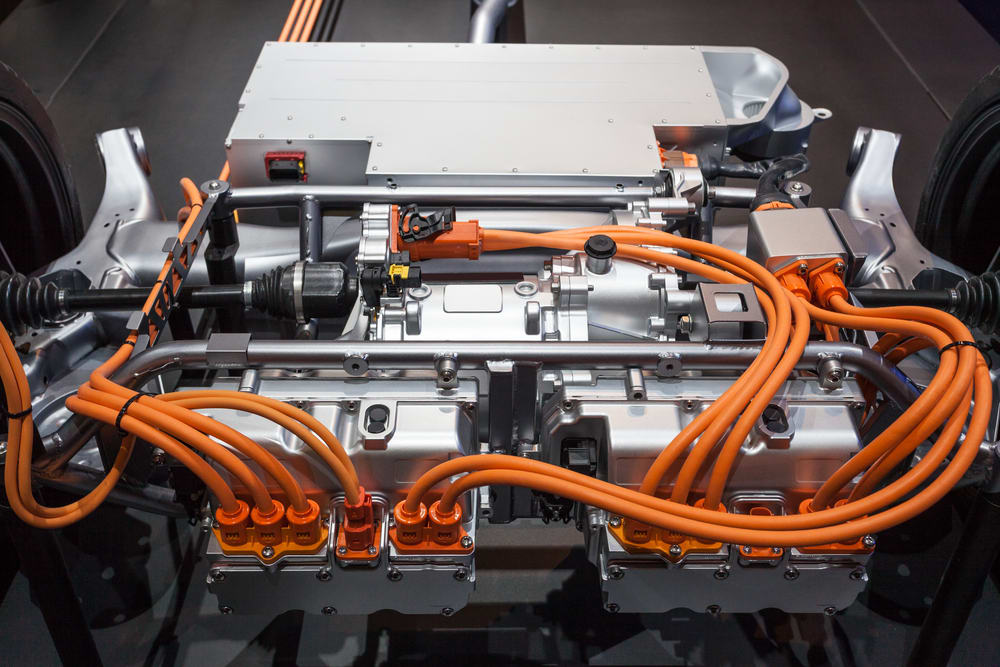

Whether you’re paying taxes to the IRS, getting mail delivered by the USPS, or need to set up an IRA, we use acronyms to simplify things every day. The automotive space is not without its own acronyms. While most abbreviations or acronyms are common knowledge, there are a few that can be miss-correctly identified — even by professional mechanics. Two of the most misunderstood are PCM and ECM. Although both are considered control modules and responsible for monitoring and operating vehicle systems, there are some important differences that require clarification.
In the information below, we’ll describe the function and purpose of the PCM and ECM, which should simplify the differences.
Understanding the History of Onboard Computers
When the first onboard computers showed up in production vehicles, there were two, independent units: the ECM (engine control module or engine control unti) and the TCM (transmission control module). As their names indicate, the ECM would control the engine while the TCM monitored and provided input to the transmission. As technology improved, automotive manufacturers began to combine the two computers into a single, efficient unit — the PCM or powertrain control module. While there are some vehicles that still use the ECM/TCM system, most modern cars, trucks, and SUVs utilize a single PCM unit.
What is a PCM?
A PCM is an acronym for the Powertrain Control Module. The powertrain of a vehicle is comprised of several components including the engine, transmission, and driveline components. This onboard-computer monitors and controls the functions of each system for optimal efficiency. The PCM receives data by way of a series of sensors that relay the information into the PCM. When each sensor sends information to this computer, a complex series of software programs work together to adjust settings such as fuel/air mixtures for the fuel system, shifting RPM’s for the transmission, and even the application of brakes for the antilock braking system. Computer systems such as ABS, throttle position sensors, and the Check Engine Light send their data to the PCM.
What is an ECM?
As described above, earlier vehicles depended on two independent operating systems — the ECM or and the TCM. Cars, trucks, and SUVs with manual transmission do not require a TCM, so they usually depend on a sole ECM to monitor engine functions including fuel, ignition, and some emissions control functions.
What are the Symptoms of a Damaged ECM or PCM?
Like any other computer or mechanical system, a damaged ECM or PCM will display a few symptoms. 3 of the most common include:
1. Inconsistent engine operation: The ECM and PCM control engine functions that must work together to efficiently burn fuel. When the engine stumbles, coughs, or stalls, it can be caused by the PCM or ECM not regulating the mixture of fuel or the firing of ignition components.
Transmission shifting problems: Another common system of a damaged PCM is an automatic transmission that does not shift correctly. The PCM monitors and controls the shifting functions of a modern automatic transmission. In older vehicles, this function falls on the TCM. Either way, if you’re experiencing shifting issues, it could be the PCM or TCM being faulty.
Vehicle will not start: When you attempt to start the vehicle and it cranks over but does not ignite, it could be due to a faulty PCM or ECM.
What are the Repair Options?
When the PCM or ECM fails, it’s not something that can be repaired. It will require replacement. However, it’s only something a dealership can do. Each component is made with proprietary software programs that include multiple security and safety protocols. As such, automotive manufacturers are the only ones who can sell and install the correct ECM and PCM systems. Replacement can cost consumers more than $1,000 in most cases.



